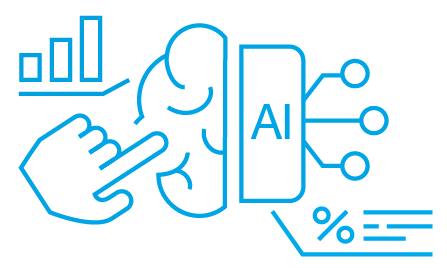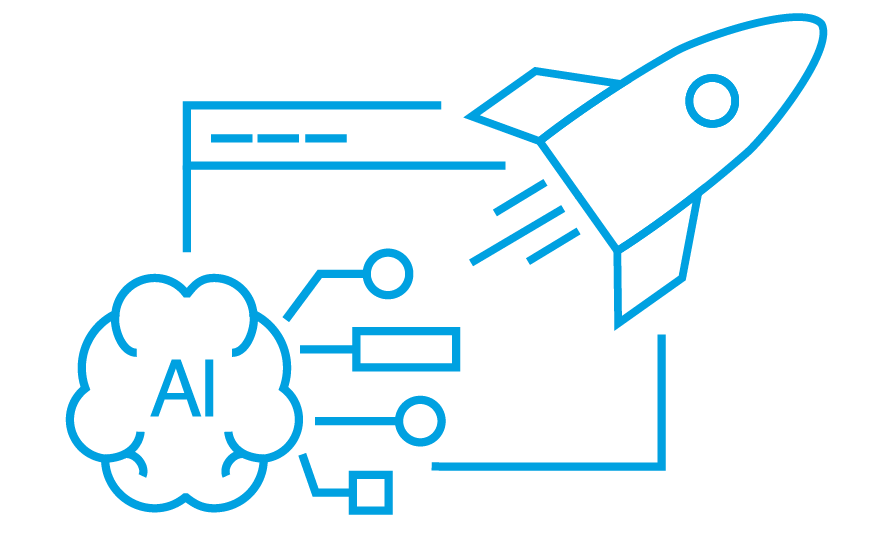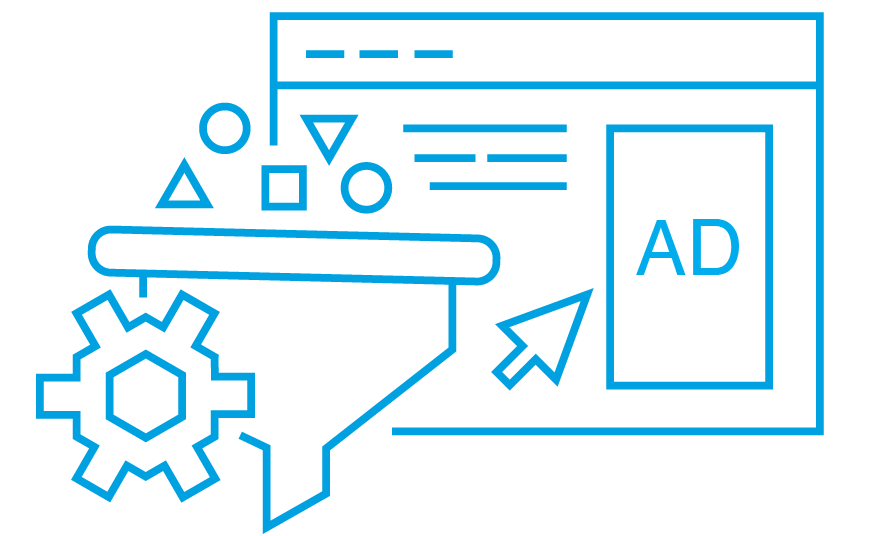- Traditional Method of Audience Segment Creation
- The implementation of AI & machine learning in Businesses
- AI Adoption in the AdTech & MarTech
- How AI Powers the Audience Creation?
- What are the Key Components of AI-Powered Audiences?
- How AI is Changing Audience Creation?
Digital advertising has undergone a seismic shift, with artificial intelligence (AI) being more and more accessible for all players in the market in 2024.
The year 2025 is said to be even targeted towards AI, machine learning and various AI solutions. OnAudience’s AI-Powered Audiences stands at the forefront of this revolution, setting new benchmarks for accuracy and efficiency in digital advertising.
Traditional Method of Audience Segment Creation
Audience segmentation has been a labor-intensive process for media planners and project managers that have to spend long hours setting up various targeting criteria.
They still spend days poring over data to create segments that aligned with their campaign objectives and choosing the specific criteria point by point which leads to several limitations such as:
- Time-consuming processes,
- Limited data utilization,
- Potential errors,
- Difficulty in scaling,
- Inconsistent results across campaigns.
The implementation of AI & machine learning in Businesses
The growth of AI and machine learning has been remarkable in recent years, particularly in 2024. AI adoption by organizations has surged from about 55% in previous years to 72% in 2024. This growth is global, with more than two-thirds of respondents in nearly every region reporting AI use in their organizations.
Regarding business adoption, 65% of organizations are now regularly using generative AI in at least one business function, up from one-third in the previous year. The average organization using generative AI is implementing it in two functions, most commonly in marketing and sales, product and service development, and IT.
AI Adoption in the AdTech & MarTech
In the marketing and advertising sector, AI adoption has doubled since 2023, with 37% of professionals in this field using AI in everyday tasks that support their workflow. Currently, 34.1% of marketers report significant improvements due to AI usage. These figures underscore the rapid integration of AI technologies in AdTech, driving personalization, efficiency, and innovation in advertising strategies.
How AI Powers the Audience Creation?
AI and machine learning are transforming AdTech, optimizing time and effectiveness for media planners and project managers. As setting up audience segments in the DSP or a DMP can be a manual daunting task, automating the process with AI and machine learning makes it an easier, faster and more efficient solution that saves both time and money.
What are the Key Components of AI-Powered Audiences?
AI-audiences revolutionize user targeting by combining advanced technologies with rich data sources, offering unprecedented precision and efficiency in digital advertising.
The key components of this innovative approach include:
- AI Engine: interprets complex agency briefs and translates them into actionable commands.
- Large Language Models (LLMs): The system can understand nuanced requirements and context, much like a human expert would.
- High-Resolution Date Platform: The platform leverages a vast array of data points, representing demography, interests, user purchase intents, events, brands and more to create suitable segments.
- Automated Workflow: The entire process, from brief interpretation to segment creation, is automated, dramatically reducing the time and resources required.
How AI is Changing Audience Creation?
AI is revolutionizing the audience segment creation in market by introducing unprecedented precision, speed, and scalability. Unlike traditional methods that rely on manual work, AI-audiences leverage machine learning algorithms to process vast amounts of data in real-time. This automated approach replaces the need for manually clicking and choosing specific criteria and parameters one by one, streamlining the entire process.
This allows for the creation of highly nuanced, dynamic segments based on a multitude of factors including behavior, interests, and purchase intent and others.
Using Ai in the audience segment creation significantly reduces errors and inconsistencies, and cuts down the time required from hours of manual work to seconds. As a result, marketers can now implement more targeted, personalized campaigns at scale, leading to improved ROI and more effective use of advertising budgets.



